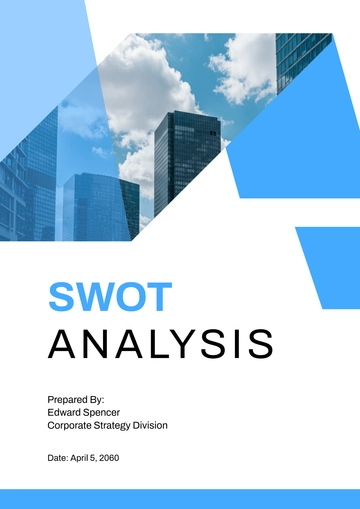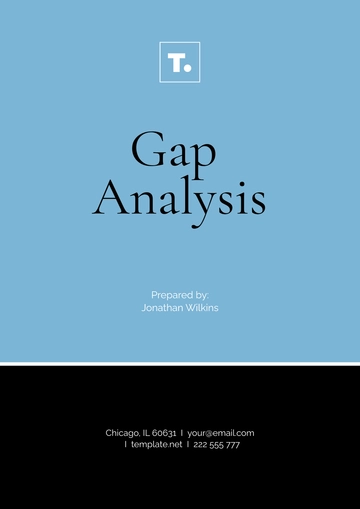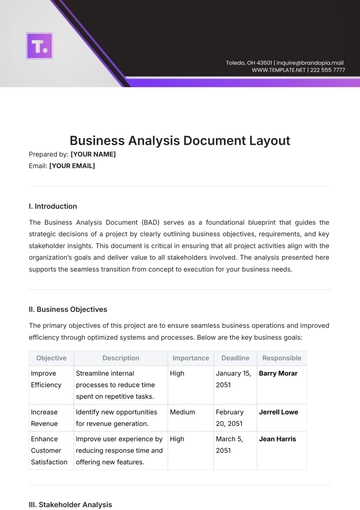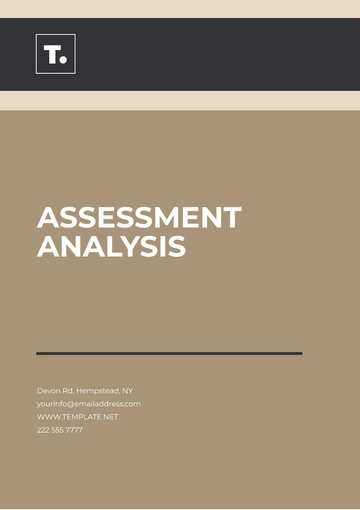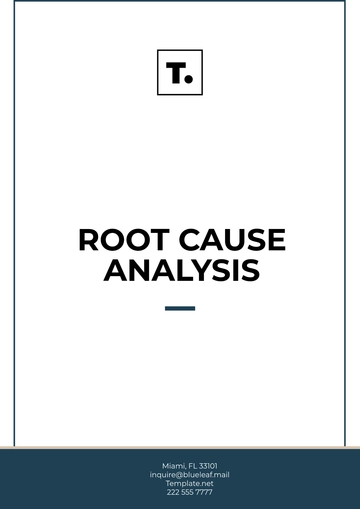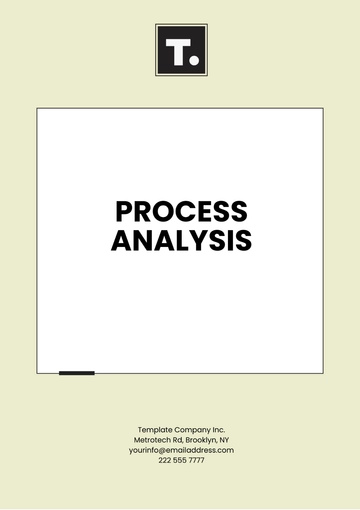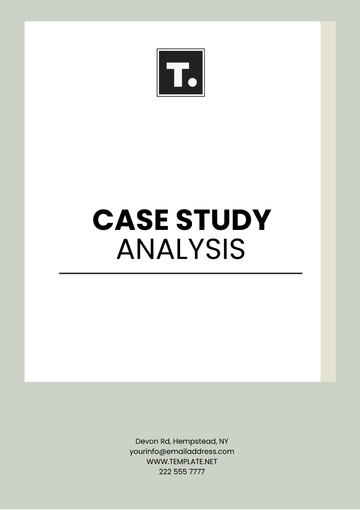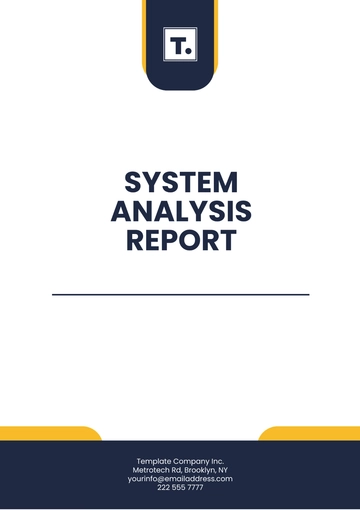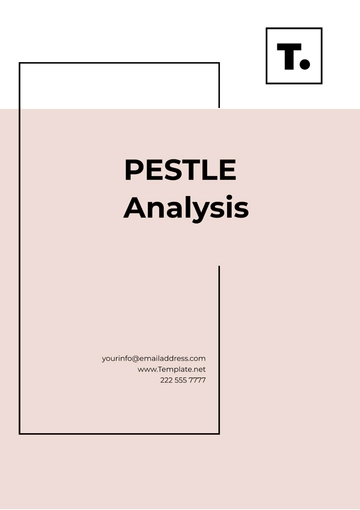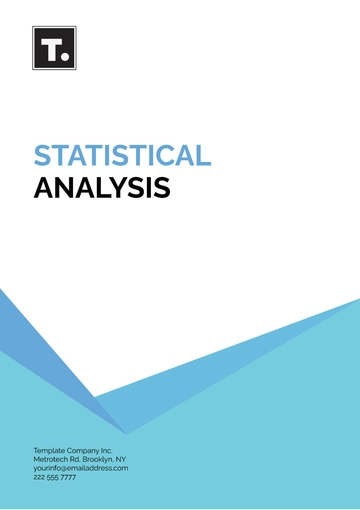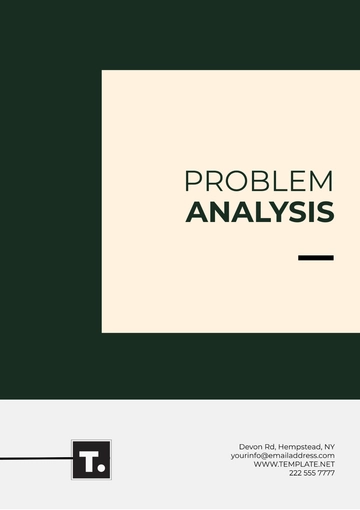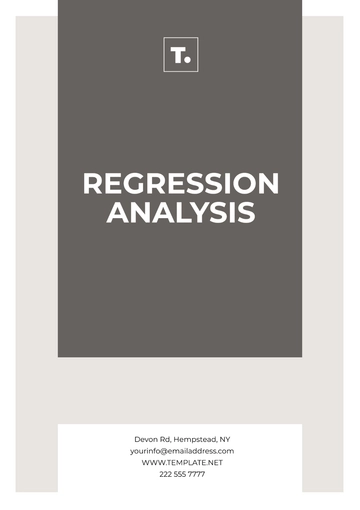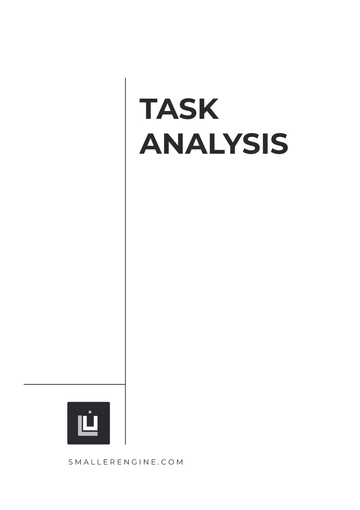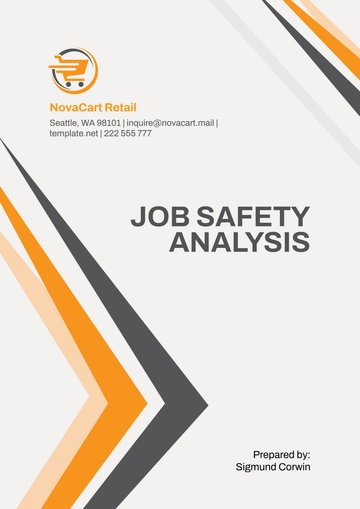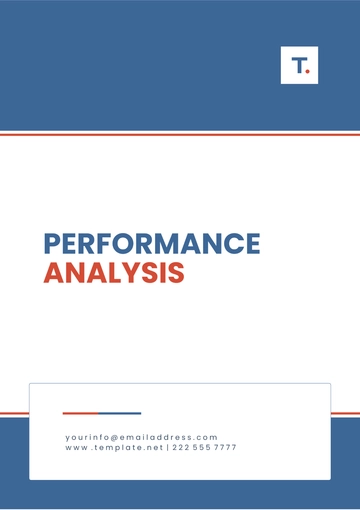Free Journal Article Analysis
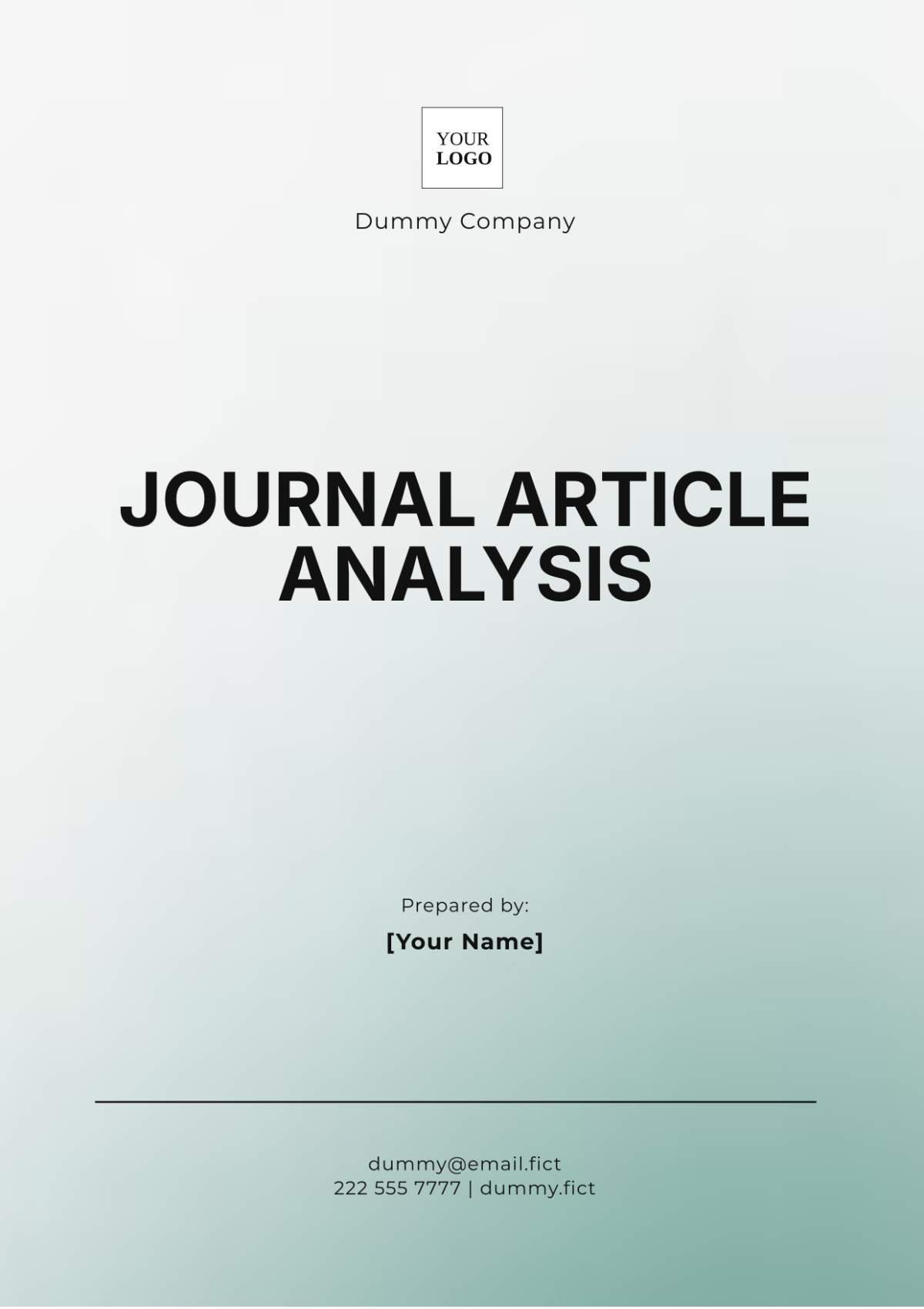
Introduction
Journal articles are critical to the dissemination of academic research, offering scholars an avenue to present significant findings, theories, and analyses. The process of analyzing journal articles involves evaluating their content, structure, and impact within the academic community. This journal article analysis aims to provide a comprehensive understanding of how to dissect and interpret scholarly articles effectively. Various methodologies and frameworks are utilized in identifying the core components of an article, from abstract to conclusion.
Abstract Review
The abstract of a journal article offers a concise summary of the study's objectives, methodology, results, and conclusions. It is essential as it provides readers with a snapshot of the article's content, helping them determine its relevance to their research. Mallett, Hagen-Zanker, Slater, and Duvendack (2052) suggest that an effective abstract should be clear, coherent, and include the key elements of the research without offering an exhaustive overview. Analyzing the abstract helps identify the research question and the significance of the study.
Introduction and Literature Review
The introduction sets the stage, presenting the context and the research problem. It often includes a literature review that situates the current study within existing research. According to Randolph (2059), a literature review should summarize existing knowledge, highlight gaps, and illustrate how the current study contributes to the field. Analyzing this section involves evaluating how well the authors articulate the research problem, their hypothesis, and the rationale behind the study.
Methodology
The methodology section outlines the research design, data collection, and analysis procedures. This section is crucial for understanding the validity and reliability of the research findings. Muijs (2050) emphasizes the importance of clarity and detail in the methodology so that the study can be replicated. When analyzing this section, it is important to assess whether the authors adequately describe their research methods and justify their choices.
Results and Discussion
The results section presents the findings of the study in a systematic and logical manner, often using tables, graphs, and figures. The discussion interprets these findings, relating them back to the research questions and the literature review. Locke, Silverman, and Spirduso (2050) argue that a robust discussion should address the implications of the findings, acknowledge limitations, and propose directions for future research. Analysis of these sections involves evaluating the coherence and comprehensibility of the results and the depth of the discussion.
Conclusion
The conclusion summarizes the main findings and their significance, offering a final perspective on the research question. It should succinctly recapitulate the study's contributions and suggest practical or theoretical applications. Creswell (2053) states that a well-crafted conclusion provides closure and emphasizes the study's relevance. Analyzing this section involves determining whether the authors successfully encapsulate the essence of their research.
References
References provide the foundation upon which the research is built, demonstrating the study's academic rigor and situating it within the broader scholarly dialogue. Ensuring proper citation (using formats like APA, MLA, etc.) is vital for maintaining academic integrity and enabling readers to trace the original sources. The analysis of references involves checking the diversity, relevance, and currency of the cited works.
Conclusion
The analysis of journal articles is a multi-faceted process that requires a critical appraisal of each section, from the abstract to the references. By systematically evaluating the components of an article, scholars can better appreciate the strengths and weaknesses of the research, enhancing their understanding and application of academic literature. This process is essential for advancing knowledge within the field and fostering scholarly dialogue.
References
Creswell, J. W. (2053). Research design: qualitative, quantitative, and mixed methods approaches (4th ed.). SAGE Publications.
Locke, L. F., Silverman, S. J., & Spirduso, W. W. (2050). Reading and understanding research (3rd ed.). SAGE Publications.
Mallett, R., Hagen-Zanker, J., Slater, R., & Duvendack, M. (2052). The benefits and challenges of using systematic reviews in international development research. Journal of Development Effectiveness, 4(3), 445–455. https://doi.org/10.1080/19439342.2012.711342
Muijs, D. (2050). Doing quantitative research in education with SPSS (2nd ed.). SAGE Publications.
Randolph, J. J. (2059). A guide to writing the dissertation literature review. Practical Assessment, Research, and Evaluation, 14(1), 13. https://doi.org/10.7275/b0az-8t74
- 100% Customizable, free editor
- Access 1 Million+ Templates, photo’s & graphics
- Download or share as a template
- Click and replace photos, graphics, text, backgrounds
- Resize, crop, AI write & more
- Access advanced editor
The Journal Article Analysis Template, offered by Template.net, is your go-to resource for efficiently analyzing academic papers. This customizable and printable template ensures a thorough breakdown of journal articles, enhancing your research process. Easily downloadable and editable in our AI Editor Tool, it provides a seamless experience for organizing and evaluating critical information.
